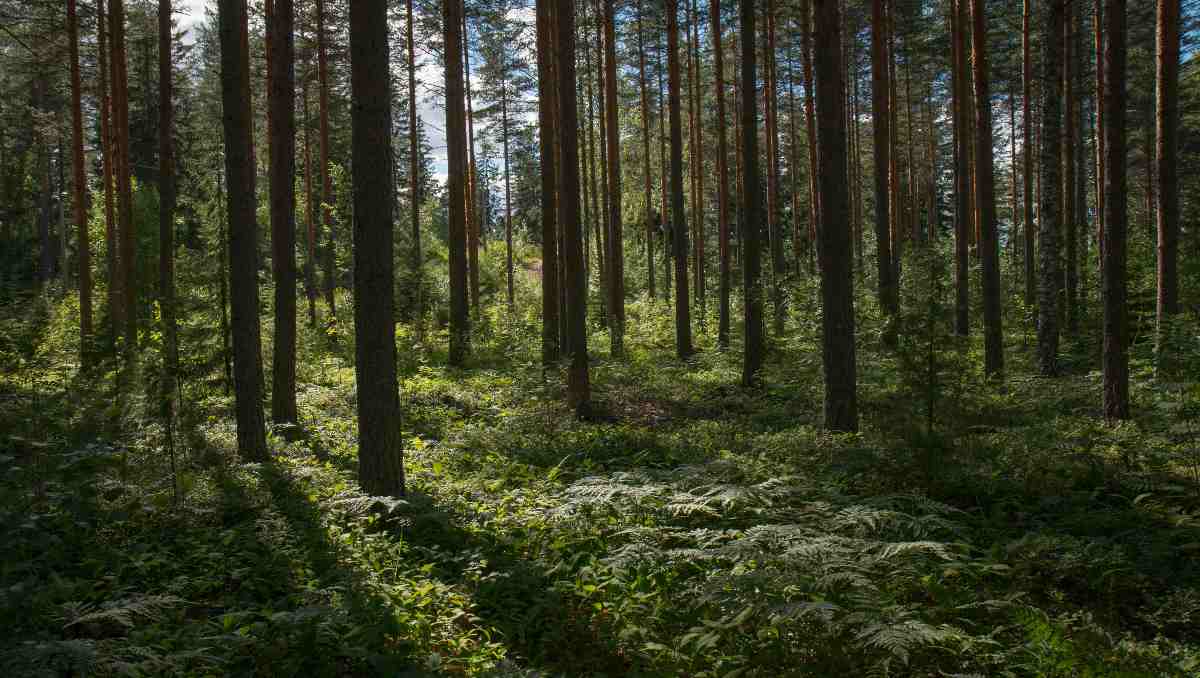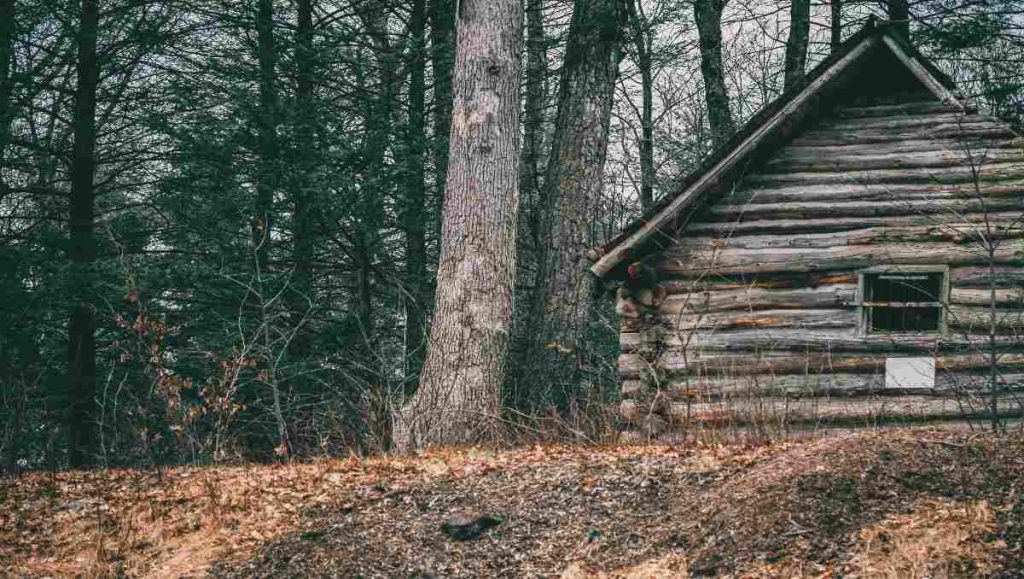
Creating a secure and sustainable living space is essential in the ever-evolving world of prepping and survival. One of the most practical and rewarding projects a survivalist can undertake is building a survival cabin. Whether you're preparing for natural disasters, seeking a remote getaway, or aiming for off-grid living, a survival cabin offers a sanctuary that combines self-sufficiency with comfort.
The Concept of a Survival Cabin
A survival cabin serves as a basic, often small shelter for emergencies like natural disasters or recreational uses such as hunting or escaping daily stress. Typically built with locally available materials, these cabins are designed to be off-grid, providing essential amenities for sleeping, eating, and staying warm and clean.
Benefits of Having a Survival Cabin
Building a survival cabin is an investment in safety and well-being. Here are some reasons why having a survival cabin can make a significant difference:
Emergency Shelter
Your survival cabin becomes a reliable refuge during severe storms or societal upheavals, offering protection from harsh conditions and potential threats.
Self-Sufficiency
Living off the grid empowers you to sustain yourself with features like a well, rainwater harvesting system, and solar panels, reducing dependency on external utilities.
Mental Health Retreat
A survival cabin provides a peaceful escape in nature, allowing you to disconnect from daily stresses and find tranquility and rejuvenation.

Wildlife Protection
Secure your cabin from wildlife encounters with sturdy construction and secure food storage, enabling you to enjoy nature without worries.
Customization for Needs
Design and outfit your cabin to match your specific preferences, whether for short-term getaways or long-term habitation.
Community and Security
Being part of a community or enjoying solitude, your cabin offers security and a sense of belonging tailored to your needs.
Planning Your Survival Cabin
Building a survival cabin requires thoughtful planning and preparation. Choosing the right location is crucial, considering factors like accessibility, water supply, food sources, isolation, and safety. Evaluate natural threats and local regulations to ensure a suitable location.
Designing Your Cabin
Design your survival cabin with efficiency and sustainability in mind. A compact design and proper orientation for natural light and solar gain can enhance energy efficiency. Consider landscaping that complements the local ecosystem for a harmonious design.
Selecting Building Materials
Choosing durable, safe, and sustainable building materials is essential. Options like wood, stone, straw bales, bamboo, earth, and recycled steel offer various benefits for cabin construction.

Water Source and Purification
Access to a reliable water source is critical for your survival cabin. Identify natural water sources and plan for rainwater collection systems. Implement multiple purification methods to ensure safe drinking water at all times.
Powering Your Cabin
Living off-grid requires a reliable power solution. Consider solar, wind, or hydro power systems tailored to your location. Energy storage like batteries is crucial for maintaining power supply year-round.
Heating and Insulation Techniques
Effective heating and insulation are vital for comfort and survival. Use wood stoves and modern insulation materials to maintain indoor temperature. Implement passive solar heating for energy efficiency.
Security Measures
Implement solid security measures to protect your cabin and resources. Ensure sturdy construction, strategic location, defensive perimeter, surveillance, lighting, secure storage, communication systems, and an emergency plan for enhanced security.
Building Your Survival Cabin: Step-by-Step Guide
Step 1: Log Selection and Preparation
Select mature, straight trees and prepare logs with debarking, treatment, and sealing. Proper cutting and shaping ensure tight seals for insulation and integrity.
Step 2: Laying the Foundation
Clear and level the site, choose a suitable foundation type, and follow steps for gravel bed, concrete piers, or continuous concrete footer.

Step 3: Erecting Walls
Use Scandinavian or Russian notch techniques to interlock logs at corners. Plan openings for doors and windows to enhance ventilation and light.
Step 4: Creating Openings (Doors and Windows)
Frame door and window openings carefully for structural integrity. Install doors and windows securely for security and insulation.
Step 5: Roofing
Choose roofing materials like wooden shingles or metal sheeting and ensure proper installation for protection against elements. Secure the roof against wind and water ingress.
Finishing Touches and Maintenance
Complete your cabin with insulation, weatherproofing, pest prevention, and sustainability features. Regular maintenance ensures a safe, comfortable, and durable living space.
Building a survival cabin requires careful planning, skilled construction, and ongoing maintenance to create a resilient and sustainable retreat for emergencies and off-grid living.
—————————————————————————————————————————————————————————————–
By: tobyprep
Title: Designing and Constructing a Resilient Survival Cabin: A Comprehensive Guide
Sourced From: thepreppingguide.com/survival-cabin-in-5-steps/
Published Date: Mon, 03 Jun 2024 05:46:33 +0000

